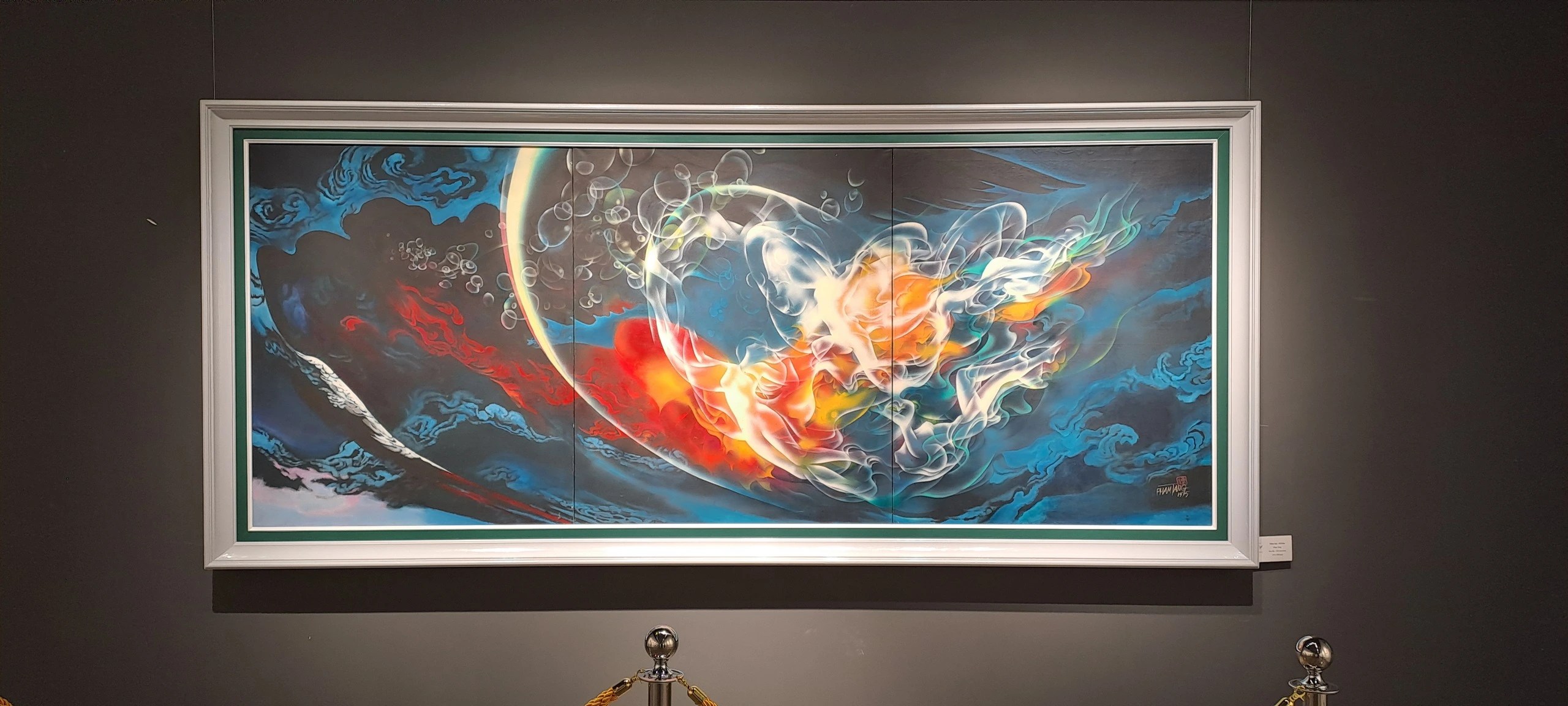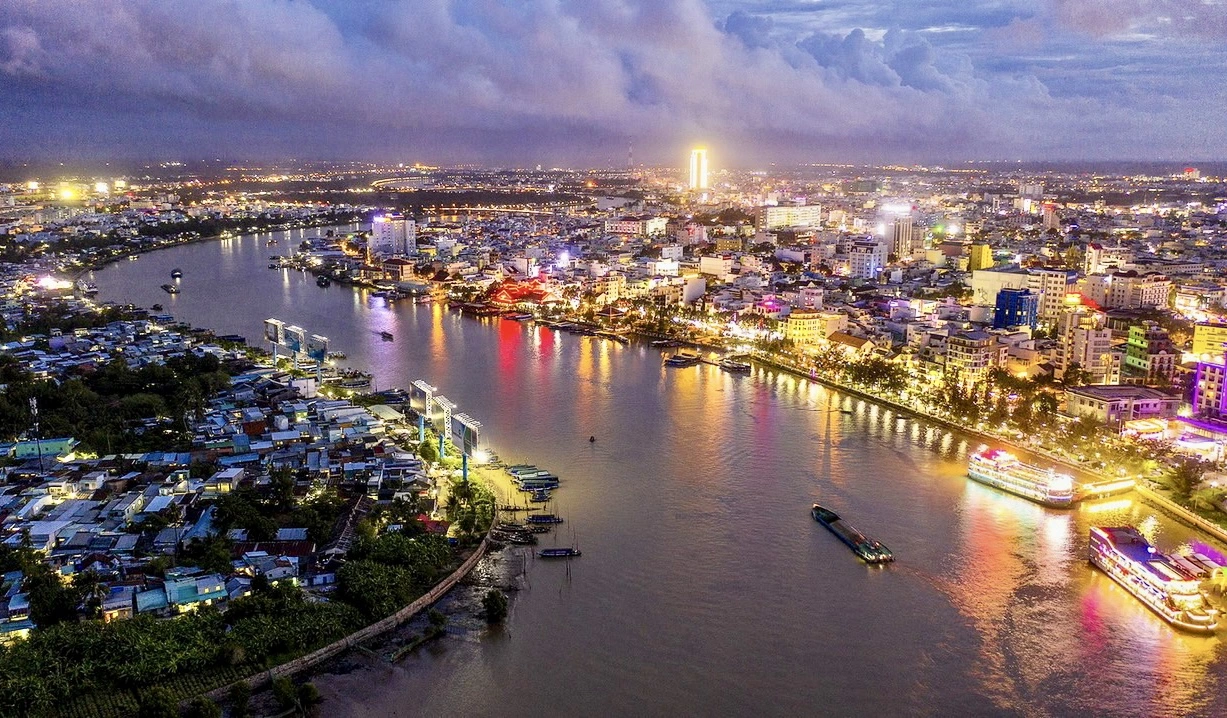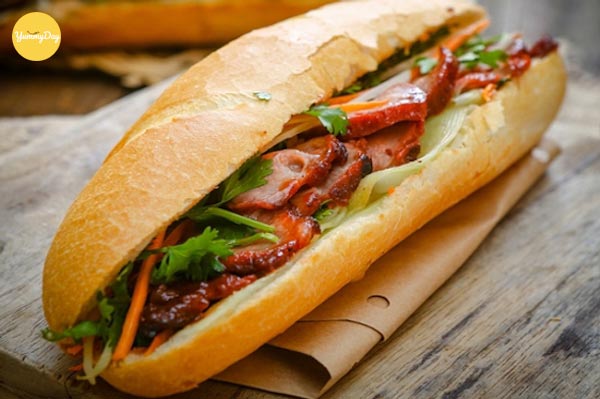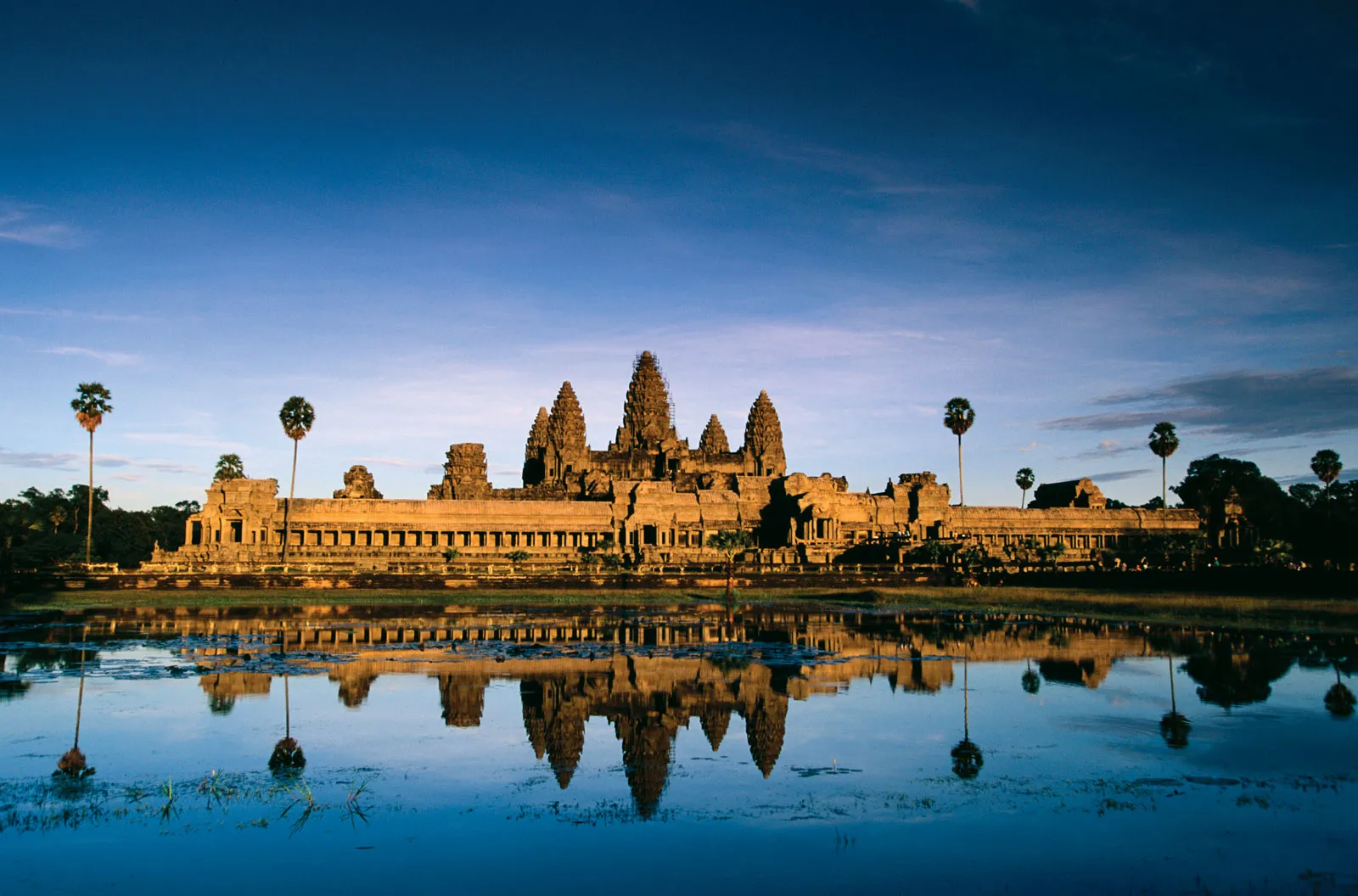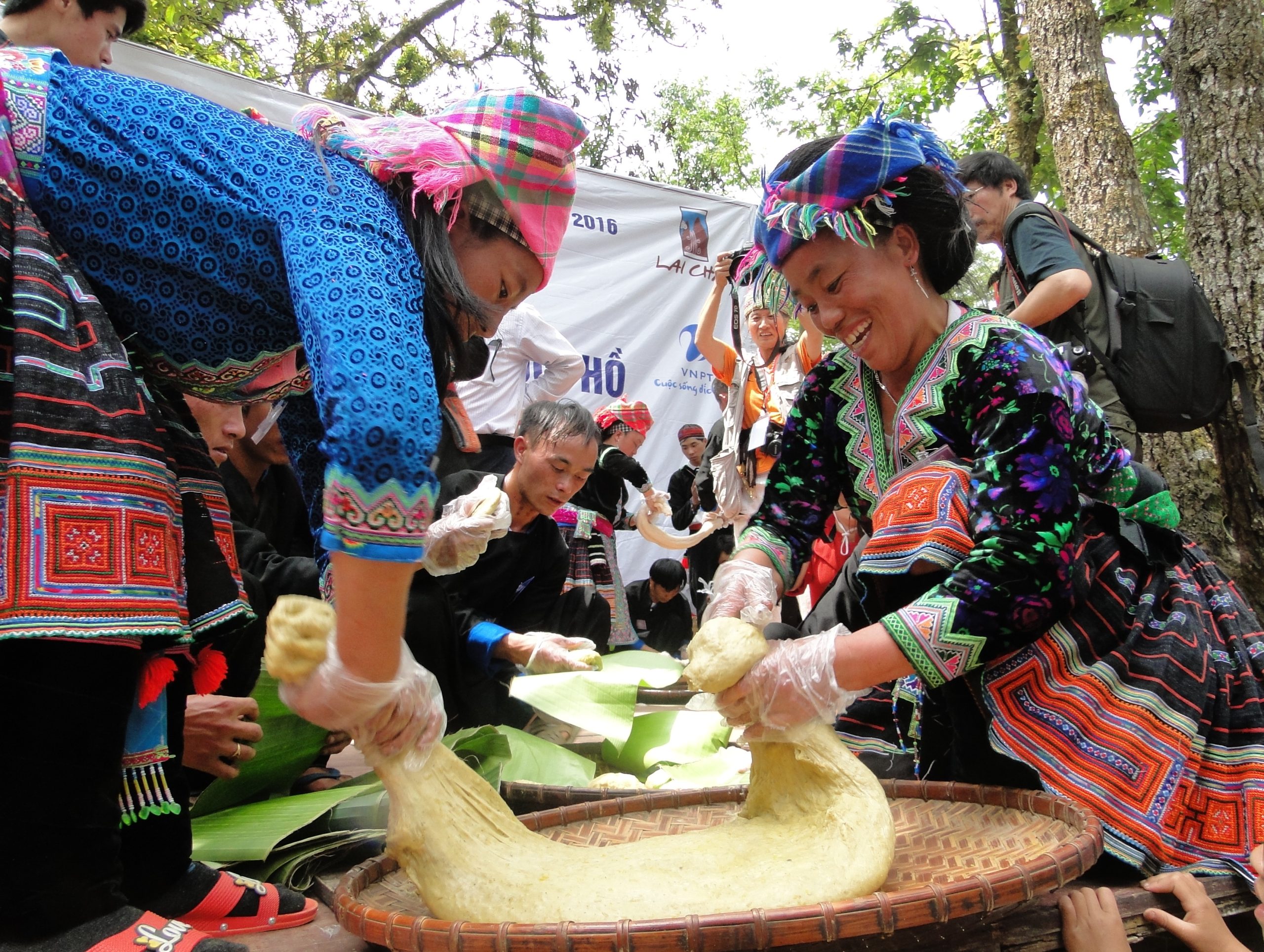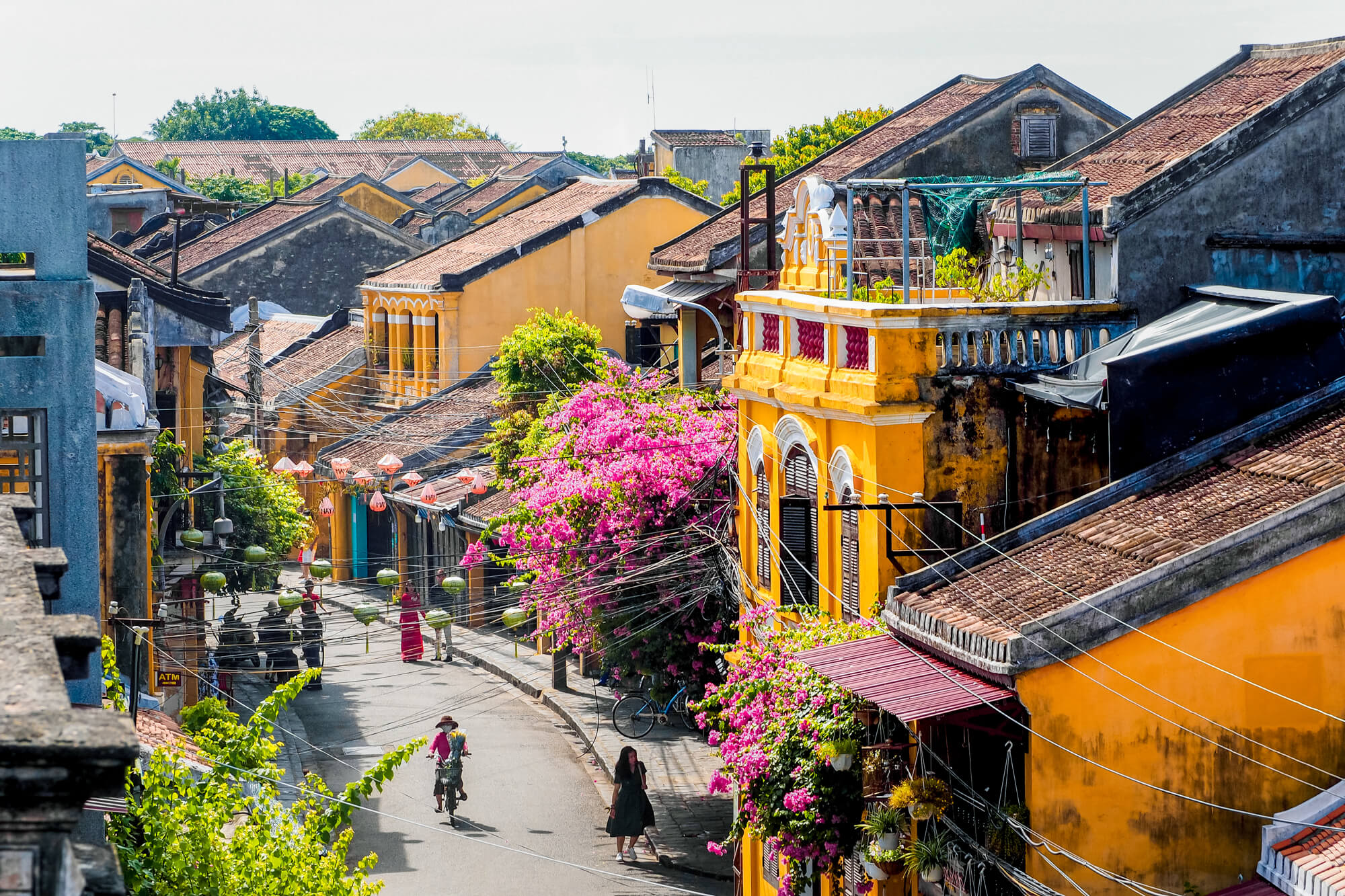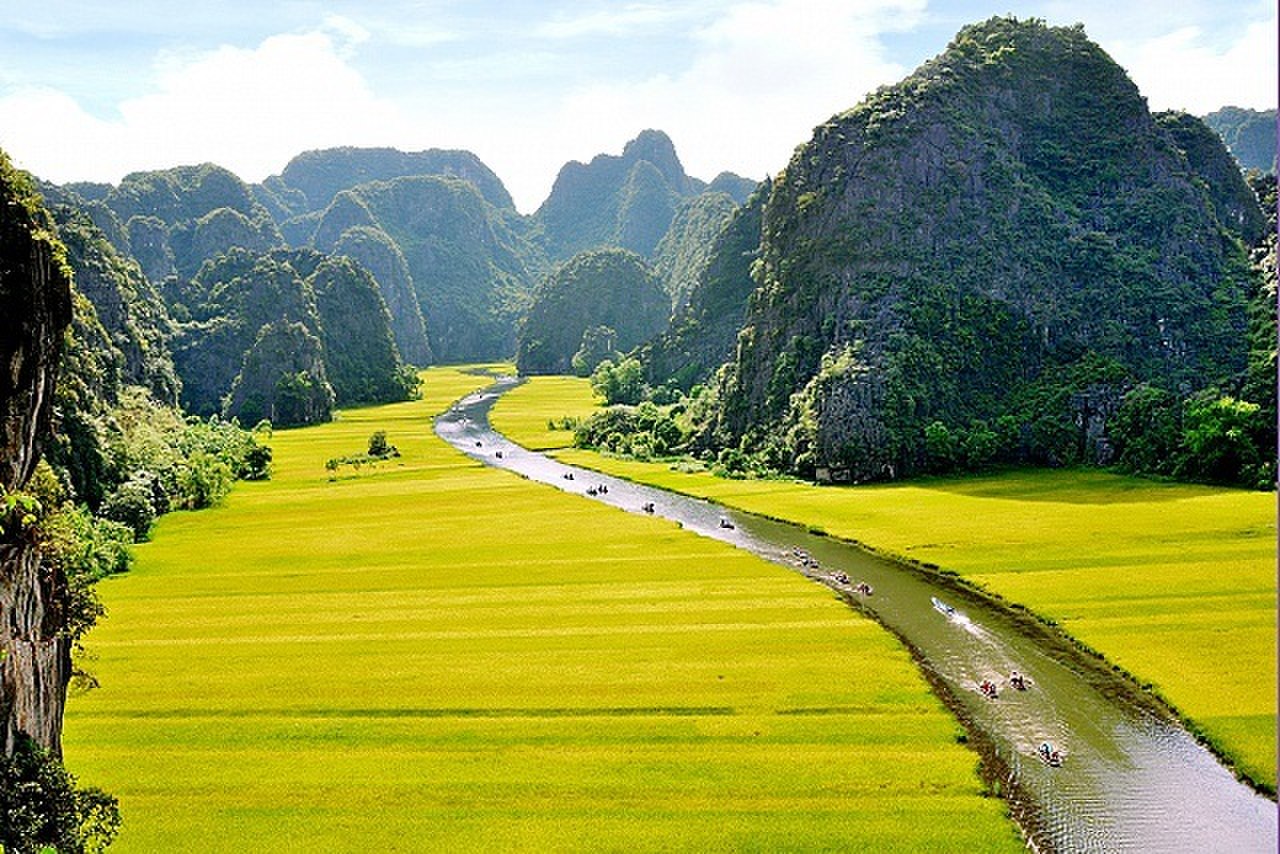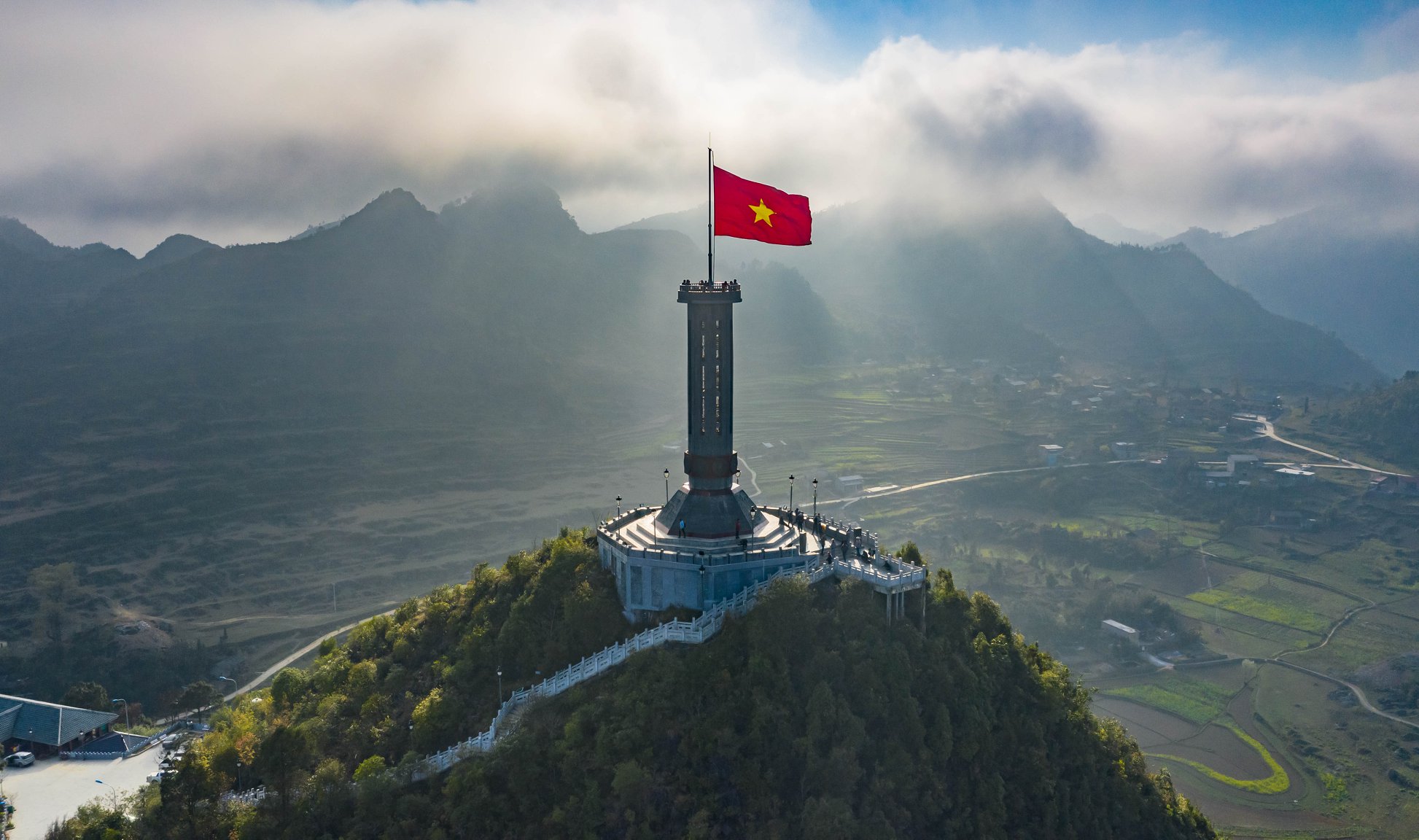Sapa, Vietnam: A Hidden Gem of the Northwestern Highlands
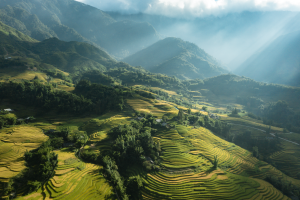
Nestled in the rugged mountains of northwestern Vietnam, Sapa is a captivating destination known for its breathtaking scenery, cultural richness, and cooler climate, which sets it apart from most other regions in Vietnam. Known for lush rice terraces, mist-covered valleys, and the vibrant cultures of ethnic minority groups, Sapa has enchanted travelers for generations. Whether you’re an adventure-seeker, a culture enthusiast, or simply someone looking for a peaceful getaway, Sapa promises an unforgettable experience.
The Majestic Beauty of Sapa’s Landscapes
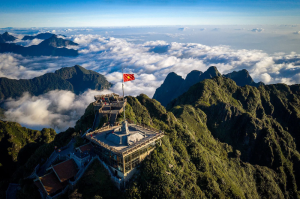
One of the main draws of Sapa is its dramatic landscapes, with mountains, valleys, and rivers converging to create stunning natural scenery that feels almost otherworldly. The area is especially famous for its terraced rice fields, which cascade down mountainsides like steps leading into the clouds. The most iconic terraces are found in the Muong Hoa Valley, where the view shifts from vibrant green during planting season to golden hues in harvest season.
The best time to visit the rice terraces in Sapa is between September and early October, when the fields are in their full golden bloom. However, the region offers beauty year-round: winter brings misty mountain views and, on rare occasions, a sprinkle of snow, making Sapa one of the few places in Vietnam where you can experience a winter wonderland.
For a truly panoramic view of the region, fans of trekking can embark on a journey up Mount Fansipan, known as the “Roof of Indochina.” Standing at 3,143 meters, Fansipan is the highest peak in Vietnam, Laos, and Cambodia. The trek to the summit is challenging but rewards you with unrivaled vistas of the surrounding mountains. Alternatively, you can take the Fansipan Cable Car, which is a more accessible way to reach the peak and enjoy the breathtaking sights.
Sapa’s Unique Climate: A Refreshing Change
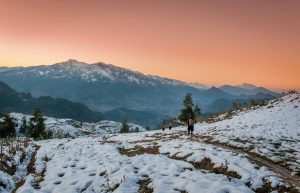
Unlike most of Vietnam, which has a tropical or subtropical climate, Sapa’s high altitude gives it a unique temperate climate. This results in cool temperatures year-round, with average temperatures ranging from 15°C to 18°C (59°F to 64°F), making it a popular escape from the heat of the plains. Winters can be quite chilly, especially at night, and it’s not uncommon for temperatures to drop below freezing. Travelers often find Sapa’s cool climate to be refreshing, and the mist that frequently blankets the town adds a mystical feel to the landscape.
Cultural Richness: Discover Sapa’s Ethnic Minorities
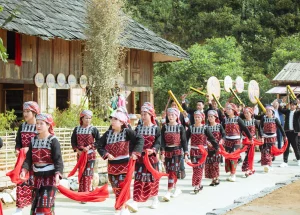
Sapa is home to a vibrant mix of ethnic minority communities, including the Hmong, Dao, Tay, and Giay, each with its own unique traditions, languages, and clothing. The colorful, hand-woven textiles worn by these groups are instantly recognizable, featuring intricate patterns and bright colors that reflect their respective identities and histories.
For travelers looking to experience local culture, a visit to one of the traditional markets, such as Bac Ha Market or Sapa Market, is a must. Here, you can see minority people in traditional attire selling everything from handicrafts and textiles to fresh produce and livestock. The Bac Ha Market, which takes place every Sunday, is one of the largest and most vibrant markets in the region, attracting both locals and tourists alike. It’s an excellent place to purchase souvenirs and unique handcrafted items directly from the artisans.
Another popular way to experience the local culture is by staying in a homestay. Many local families open their homes to travelers, offering a chance to live alongside them, enjoy traditional meals, and learn about their customs firsthand. Homestays are especially popular in villages like Ta Van, Cat Cat, and Lao Chai, where you can experience rural life in its most authentic form while supporting the local community.
Adventures Await: Trekking and Beyond
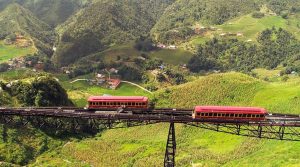
Sapa’s landscapes and varied terrain make it a prime destination for outdoor enthusiasts, particularly those interested in trekking. The area offers a wide range of trails, from easy walks through valleys to more challenging treks up mountain passes. Some of the most popular treks include:
- Muong Hoa Valley Trek: This trek takes you through the iconic rice terraces of the Muong Hoa Valley and offers opportunities to interact with the local Hmong people. The trails are moderate, making it a great choice for travelers of all fitness levels.
- Fansipan Ascent: For seasoned hikers, the trek to the summit of Mount Fansipan is a challenging yet rewarding adventure. Most people undertake this journey over two or three days, camping overnight along the way.
- Ta Phin Village Trek: This trek takes you to Ta Phin, a Red Dao village known for its natural beauty and traditional herbal baths. This hike is slightly off the beaten path, providing a more secluded experience and a closer look at Red Dao culture.
In addition to trekking, Sapa offers plenty of other outdoor activities. Mountain biking is popular in the area, with scenic trails running through the valleys and villages. For those seeking a more relaxed experience, local guides offer herbal baths, which are especially welcome after a day of exploring. These baths, prepared with medicinal herbs gathered from the mountains, are said to relieve sore muscles and promote relaxation.
Must-See Villages in Sapa
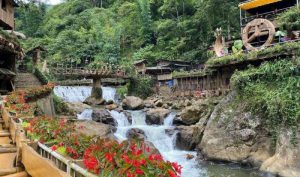
Sapa is surrounded by picturesque villages that provide insight into the lives of the area’s ethnic communities. Some of the must-visit villages include:
- Cat Cat Village: Just a short trek from Sapa town, Cat Cat is a Hmong village where you can witness traditional handicrafts, including weaving and silver jewelry making. It’s also home to a beautiful waterfall, perfect for photos.
- Ta Van Village: Known for its scenic beauty, Ta Van is home to the Giay people and offers a range of homestay options for those wanting an immersive cultural experience. The village sits in a lush valley, surrounded by rice fields and mountains.
- Lao Chai Village: This is another Hmong village that attracts many trekkers due to its peaceful atmosphere and stunning scenery. It’s an excellent place for those wanting to capture photos of terraced fields and traditional stilt houses.
- Y Linh Ho Village: Located along the Muong Hoa River, Y Linh Ho is slightly less visited but offers beautiful views of rice terraces and the opportunity to learn about the Black Hmong way of life.
When to Visit Sapa
Each season in Sapa brings its own unique beauty. The best time to visit largely depends on your interests:
- Spring (March to May): During this time, the weather is mild, and the hills are blanketed with blooming flowers, creating a picturesque setting.
- Summer (June to August): Summer is the planting season for rice, and the terraces are lush green. However, it’s also the rainy season, so expect occasional showers.
- Autumn (September to November): This is one of the best times to visit Sapa. The weather is cooler, and the rice fields are golden, making it ideal for photography.
- Winter (December to February): Although the weather can be quite cold, winter in Sapa offers a chance to experience a misty, mystical landscape, with the possibility of snow at higher elevations.
Conclusion: Why Sapa is Worth the Journey
Sapa’s blend of natural beauty, cultural diversity, and outdoor adventure make it a true gem of Vietnam’s northwestern region. Whether you’re trekking through terraced rice fields, meeting locals in a vibrant market, or simply gazing at the misty mountains from your balcony, Sapa offers experiences that stay with you long after you leave. Its cool climate, welcoming communities, and unique blend of Vietnamese and indigenous cultures provide a refreshing contrast to the bustling cities and beaches that are more commonly associated with Vietnam. So, if you’re planning a trip to Vietnam, make sure to include Sapa on your itinerary. This highland paradise promises unforgettable moments, stunning vistas, and connections with a side of Vietnam that few travelers get to see.
Don’t miss out on Sapa—you’ll leave with memories that will stay with you for a lifetime! For more travel inspiration, follow www.tripasean.com
- Hotline: +84 961518918
- Website: www.tripasean.com
- Email: info@tripasean.com



